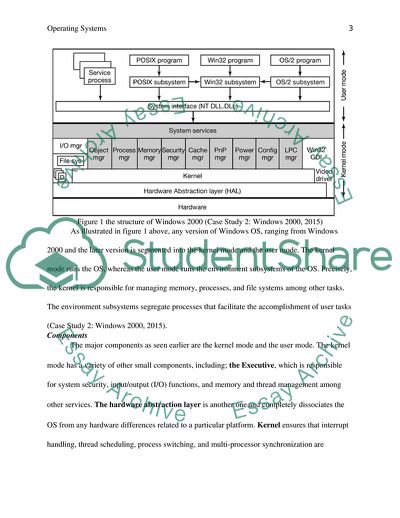Cite this document
(Operating Systems - Windows, Linux and Android Research Paper Example | Topics and Well Written Essays - 1750 words - 1, n.d.)
Operating Systems - Windows, Linux and Android Research Paper Example | Topics and Well Written Essays - 1750 words - 1. https://studentshare.org/information-technology/1872571-operating-systems
Operating Systems - Windows, Linux and Android Research Paper Example | Topics and Well Written Essays - 1750 words - 1. https://studentshare.org/information-technology/1872571-operating-systems
(Operating Systems - Windows, Linux and Android Research Paper Example | Topics and Well Written Essays - 1750 Words - 1)
Operating Systems - Windows, Linux and Android Research Paper Example | Topics and Well Written Essays - 1750 Words - 1. https://studentshare.org/information-technology/1872571-operating-systems.
Operating Systems - Windows, Linux and Android Research Paper Example | Topics and Well Written Essays - 1750 Words - 1. https://studentshare.org/information-technology/1872571-operating-systems.
“Operating Systems - Windows, Linux and Android Research Paper Example | Topics and Well Written Essays - 1750 Words - 1”. https://studentshare.org/information-technology/1872571-operating-systems.


